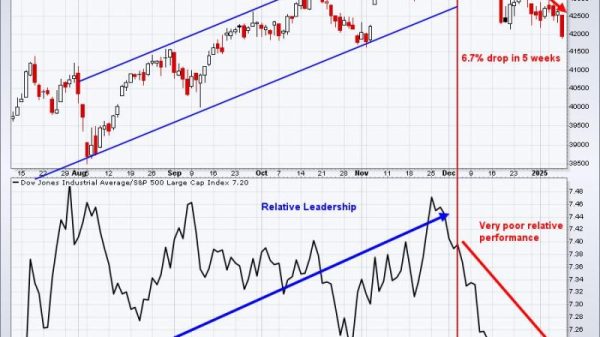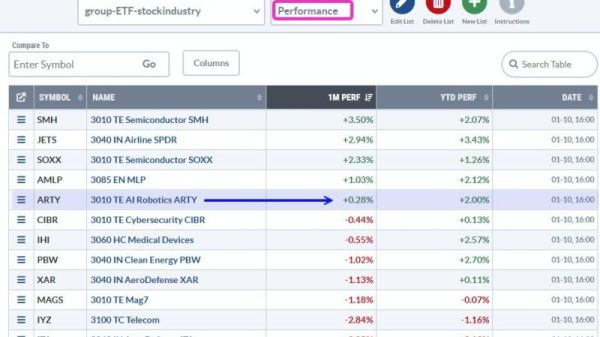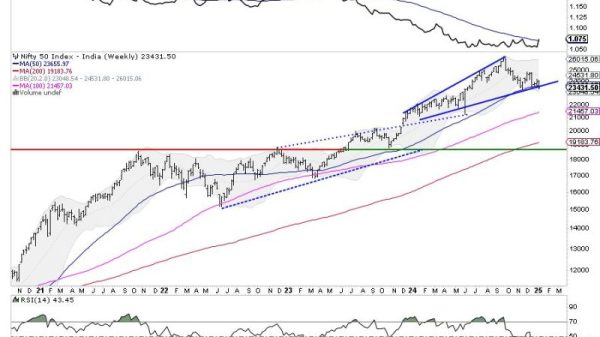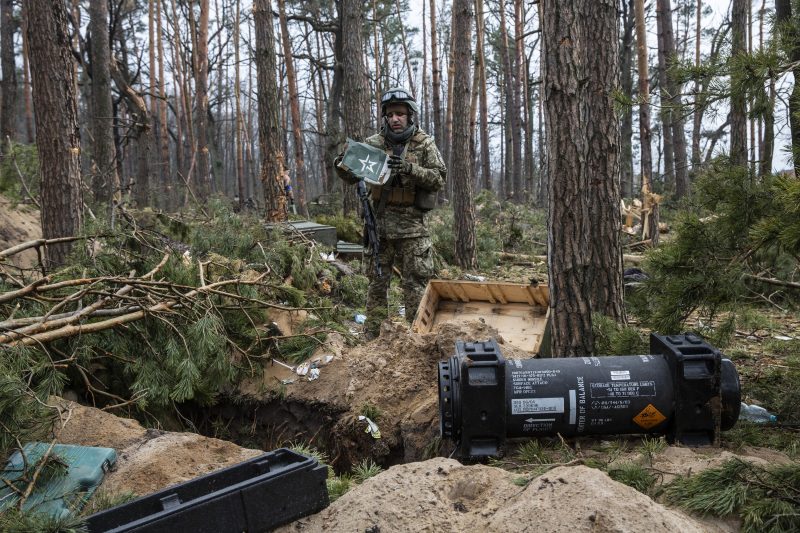The Defense Department has not properly kept tabs on more than $1 billion worth of shoulder-fired missiles, night-vision goggles, one-way attack drones and other sensitive equipment that the United States has provided to Ukraine in its fight against Russia, the Pentagon’s inspector general said in a report released Thursday.
The watchdog’s findings, which raise questions about the United States’ ability to ensure that its weapons are not stolen, were disclosed at perhaps an inopportune time for the Biden administration. As its existing funding to help Ukraine runs out, the president and other top officials have urged Congress to urgently approve a massive package of additional military support for Kyiv, but the debate has stalled as Republicans push for dramatic changes to U.S. border policy.
The report made no conclusion that any aid to Ukraine had in fact been diverted from the war’s front lines, saying that was beyond the scope of the inspector general’s investigation, and senior Pentagon and State Department officials said in their response that they were confident U.S. support for Ukraine was not being stolen and that the accounting requirements were unrealistic in wartime.
Still, the report, published with some sensitive information redacted, suggested that U.S. officials had struggled to meet requirements for closer accountability and tracking for much of the sensitive military items that have been provided to Ukraine. The tracking, known as enhanced end-use monitoring, or EEUM, is flagged for equipment and weapons that contain especially sensitive technology or are easy to smuggle or steal.
The report examined about $1.7 billion in weapons and equipment that fell into that special tracking category and found that more than half had not been properly accounted. The report examined assistance provided since 2014, when Russia annexed Ukraine’s Crimean Peninsula, although it was just a small slice of overall military aid to Ukraine, which totals more than $44 billion since 2022 alone. (Not every weapons system falls into the category.)
The Defense Department “did not fully comply with the EEUM program requirements for defense article accountability in a hostile environment,” said the report, which examined the period up to June 2023.
Some items, such as radio equipment and night-vision goggles, are small enough to smuggle in bags or vehicles and sell on the black market. Others — such as shoulder-fired Javelin and Stinger missiles — have a history from previous conflicts of being hot items on the global arms bazaar.
The report said that in many instances, military officials charged with conducting monitoring had not been able to enter the serial numbers of weaponry and equipment into a Pentagon tracking database as it was being provided to Ukraine, and that they had also at times had difficulty conducting the follow-up tracking that is required under the enhanced standards.
Some of the challenges relate to the evacuation of the U.S. Embassy in Kyiv that stretched the first crucial months of combat from February until June 2022, a period in which the top U.S. military commander in Europe ordered the suspension of monitoring activity. At the time, no U.S. personnel were in the country to do the tracking. Later, Ukrainian officials provided written receipts for equipment and arms transfers. Since November 2022, a pilot program has existed for Ukrainian personnel to use handheld bar-code scanners to conduct initial inventories at a logistics hub outside Ukraine and annual inventories once the equipment is in Ukraine.
The report also noted that, even now, equipment targeted for extra monitoring is often shipped to the front lines “within days” for use in active combat. It referenced an unidentified official from the Pentagon’s Kyiv-based office of defense cooperation saying that “there is no safe method” to conduct the inventories on the front lines, so the only time the articles can be tracked is when they are at logistics and storage depots.
Until December 2022, the report said, the Defense Department “did not have a policy in place for conducting EEUM in a hostile environment.” The Pentagon’s Office of Defense Cooperation-Ukraine also “did not enforce requirements that the [Ukrainian Armed Forces] provide loss reports in a timely manner and expenditure reports by serial number,” the report said.
Senior Pentagon and State Department officials disputed the report, saying in official responses that although real-time tracking of the military aid was impossible in wartime, they had devised alternative methods for Ukrainians to account for the equipment and weaponry and that they were satisfied that they were sufficiently tracking the assistance.
“To date there is no evidence of unauthorized or illicit transfer … outside of Ukraine,” acting undersecretary of defense for policy Alexandra N. Baker wrote in a response included in the report.
“A lack of a full accounting does not preclude the U.S. government from reasonably concluding Ukraine is in compliance with U.S. government requirements with respect to use, transfer, and security of the items it has received.”
The report appears likely to further imperil the future of Ukraine aid, of which support among congressional Republicans has taken a nosedive in recent months. The American public’s interest in the war has waned dramatically since Russia’s 2022 invasion, and conservative lawmakers have sought to tie their forthcoming approval for any further assistance to a dramatic shift in U.S. immigration policy.
Republicans and Democrats have spent weeks negotiating the terms of an immigration policy deal that many believe would facilitate the passage of a larger supplemental spending package, including billions of dollars in military aid to Ukraine and Israel. Republicans, particularly on the far-right flank of the House, have long alleged mismanagement and poor oversight over Ukraine assistance.
Many Senate Republicans and centrist Republican House members have said that they have been satisfied with the Biden administration’s oversight so far. But the inspector general’s report could change that.
Sen. Deb Fischer (Neb.), the ranking Republican on the Senate Armed Services Committee’s strategic forces subcommittee, said that she hadn’t yet seen the inspector general’s report, but that she would find the department’s failure to properly track such a large quantity of weaponry “concerning.”
“I’m sure that people are going to have questions about it. And if there’s no transparency on it, then yeah, that’s going to be an issue,” Fischer said.
Sen. Josh Hawley (R-Mo.), a Trump ally and longtime critic of Ukraine aid, called the report “pretty harrowing.”
Hawley, who has accused the administration of exercising poor oversight in its Ukraine assistance, said the inspector general report “shows what we’ve been saying, which is we’re not adequately keeping track of where the funds are going, of how the munitions are actually being deployed, and what exactly the money’s being used for. And I think it makes the case for greater oversight.”
Hawley said he has requested the unredacted report from the inspector general’s office, as well as the classified annex. But he also said he was doubtful that the report’s findings would effectively dissuade many of his Republican colleagues from backing Ukraine aid, if the parties reach a deal on border policy.
“I think it should, but it won’t … have a big impact,” he added. “What’s gonna happen is we’re gonna find ourselves in an Afghanistan, or worse, a Vietnam situation” — with rampant corruption and diverted U.S. funds, he said — “where after the fact we’re gonna say, ‘Oh, how could this ever have happened?’ ”




























